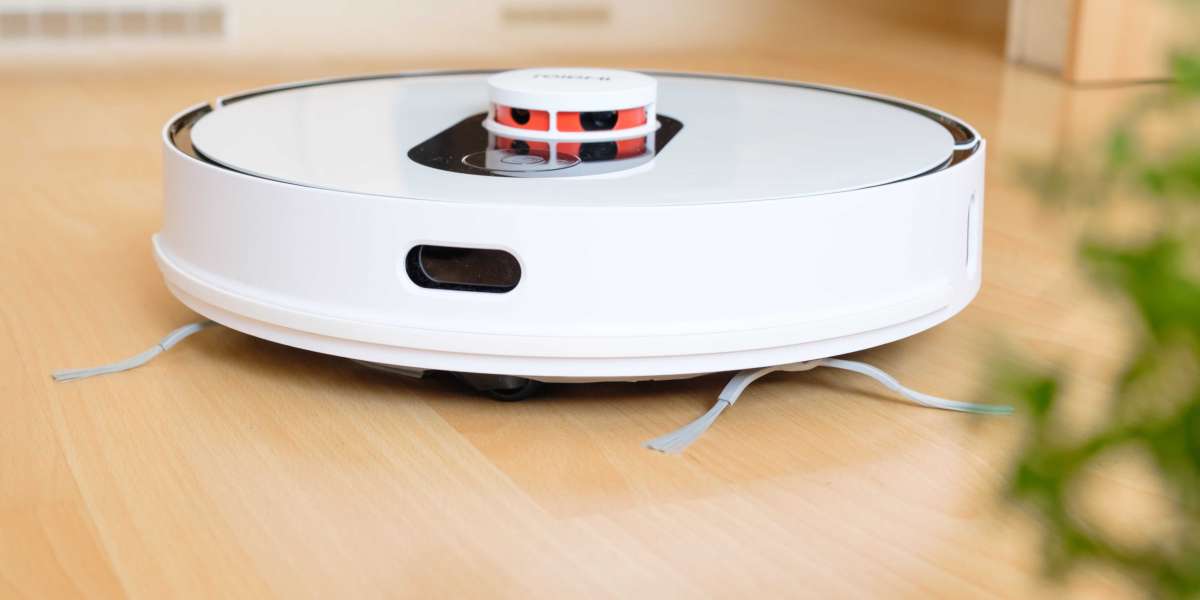In today's competitive and fast-evolving engineering landscape, delivering high-quality products quickly and efficiently is essential. Whether you're developing automotive control systems, industrial automation solutions, or embedded software for smart machines, traditional design methods often fall short in meeting modern demands. Enter Model-Based Design (MBD)—a powerful, integrated approach that enables engineers to design, simulate, and verify systems in a virtual environment before physical prototypes are built.
At the heart of this methodology are Model-Based Design Tools, which streamline development, reduce risk, and enhance innovation. From concept to deployment, MBD tools help teams collaborate effectively, minimize errors, and deliver systems that perform as expected in the real world.
What Is Model-Based Design?
Model-Based Design is an engineering process that uses graphical models to represent the behavior, logic, and structure of a system. Unlike traditional code-centric approaches, MBD relies on visual representations—such as block diagrams, state machines, and simulations—to develop embedded systems and control algorithms.
These models are used throughout the entire development cycle: from system-level simulation and design, to code generation, verification, testing, and implementation. By leveraging a single, reusable model, engineers can ensure consistency across all stages, leading to better designs, faster development, and fewer bugs.
Key Features of Model-Based Design Tools
Model-Based Design Tools offer a wide array of capabilities that simplify and enhance engineering workflows. Some of the core features include:
? Graphical Modeling
Create intuitive visual models of systems using drag-and-drop components, such as sensors, actuators, control logic, and feedback loops. This visual interface helps teams quickly prototype and iterate on design ideas.
⚙️ Simulation and Testing
Simulate system behavior under different conditions to evaluate performance, optimize parameters, and detect issues before implementation. Early-stage testing helps reduce costly late-stage redesigns.
? Automatic Code Generation
Transform validated models into production-quality C, C++, or HDL code using tools like MATLAB® and Simulink®. This accelerates embedded software development while reducing human error.
? Model Verification and Validation
Perform functional testing, requirement checks, and formal verification at the model level. This ensures that your system meets design requirements and regulatory standards.
? Hardware-in-the-Loop (HIL) Simulation
Test models on real hardware or hardware simulators to validate behavior in real-time conditions. HIL testing bridges the gap between simulation and reality.
? Collaboration and Integration
Work collaboratively with cross-functional teams by integrating model-based tools with version control systems, requirement management platforms, and code repositories.
Benefits of Using Model-Based Design Tools
The advantages of implementing model-based tools in engineering projects are vast and impactful:
✅ Faster Development Cycles
By enabling rapid prototyping, simulation, and automatic code generation, MBD drastically reduces time-to-market compared to traditional methods.
✅ Improved Product Quality
Systematic verification and validation at every stage ensure robust, reliable systems with fewer bugs and post-release issues.
✅ Cost Savings
Fewer errors, reduced rework, and faster development translate directly into lower development costs.
✅ Enhanced Team Collaboration
With shared models and standardized workflows, cross-disciplinary teams can work together more efficiently and effectively.
✅ Scalable for Complex Systems
From small embedded systems to large-scale control architectures, MBD tools scale with the complexity of your application.
✅ Compliance and Certification Readiness
Model-Based Design supports the development of safety-critical systems, helping meet industry standards like ISO 26262, DO-178C, and IEC 61508.
Real-World Applications of Model-Based Design
Model-Based Design Tools are used across various industries to solve complex engineering challenges. Here are a few key application areas:
- Automotive – Designing advanced driver-assistance systems (ADAS), powertrains, electric vehicle control systems, and infotainment features.
- Aerospace – Developing flight control systems, navigation software, and fault-tolerant avionics.
- Industrial Automation – Creating control systems for robotics, conveyors, packaging machines, and process automation.
- Agricultural Technology – Powering autonomous tractors, irrigation control, and precision farming systems.
- Medical Devices – Designing embedded control systems for ventilators, pumps, and diagnostic equipment.
- Energy – Managing smart grid systems, battery management systems, and renewable energy integration.
Model-Based Design at Servotech
At Servotechinc, we integrate Model-Based Design into our engineering and development services to deliver high-performance, real-time control systems and embedded solutions. We specialize in MATLAB®, Simulink®, and other industry-leading MBD tools to:
- Design and simulate control algorithms
- Develop embedded software for microcontrollers and real-time systems
- Conduct hardware-in-the-loop testing and validation
- Generate certified production-ready code
- Ensure compliance with industry safety standards
Our approach allows us to deliver customized, efficient, and scalable systems for clients across automotive, industrial, agricultural, and robotic sectors.
The Future of Engineering with MBD Tools
As products become increasingly intelligent and connected, the complexity of system development continues to rise. Model-Based Design is no longer a luxury—it’s a necessity. With its ability to integrate modeling, simulation, and code generation into one cohesive workflow, MBD empowers engineering teams to move faster, innovate boldly, and reduce risks at every stage.
Emerging trends such as digital twins, AI-driven modeling, and cloud-based simulation platforms will continue to push the boundaries of what Model-Based Design Tools can do. The organizations that embrace this methodology today will lead the industries of tomorrow.
Conclusion
Model-Based Design Tools represent a transformative approach to modern engineering—bridging the gap between design and deployment with speed, accuracy, and confidence. Whether you're building the next generation of smart machines or optimizing existing systems, MBD offers the tools you need to succeed.
At Servotech, we're proud to support clients with comprehensive Model-Based Design services that turn ideas into reality—faster, smarter, and better.








